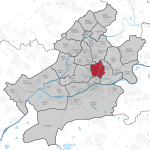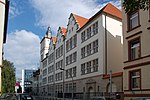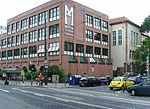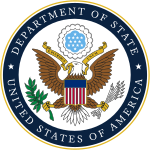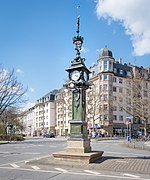Frankfurt University of Applied Sciences
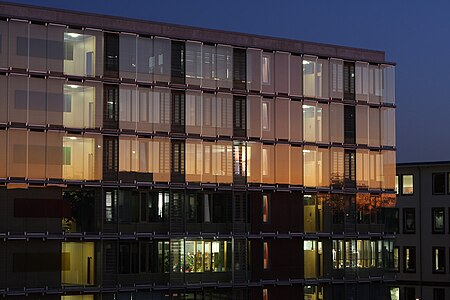
The Frankfurt University of Applied Sciences (previously known as the Fachhochschule Frankfurt am Main) is a public University of Applied Sciences in Frankfurt am Main, Germany. The Frankfurt University of Applied Sciences provides about 38 study programmes in architecture and civil engineering, business and business law, informatics and engineering, social work and health. It has an international student body, with about 12,000 students coming from more than 100 countries. About 250 professors and over a 1000 other employees work at the Frankfurt University of Applied Sciences. It has four faculties: Architecture and civil engineering; Informatics and engineering; Business and law; and Social work and health. Most courses are taught in German; however, Master courses in English are provided in High Integrity Systems, Information Technology, and Urban development. A well-known alumni of the university is Gerhard Schulmeyer. Frankfurt University of Applied Sciences is part of the IT-Cluster Rhine-Main-Neckar, the "Silicon Valley of Europe".
Excerpt from the Wikipedia article Frankfurt University of Applied Sciences (License: CC BY-SA 3.0, Authors, Images).Frankfurt University of Applied Sciences
Nibelungenplatz, Frankfurt Nordend West (Innenstadt 3)
Geographical coordinates (GPS) Address Website External links Nearby Places Show on map
Geographical coordinates (GPS)
| Latitude | Longitude |
|---|---|
| N 50.1303 ° | E 8.6925 ° |
Address
Frankfurt University of Applied Sciences (Frankfurt UAS)
Nibelungenplatz 1
60318 Frankfurt, Nordend West (Innenstadt 3)
Hesse, Germany
Open on Google Maps


